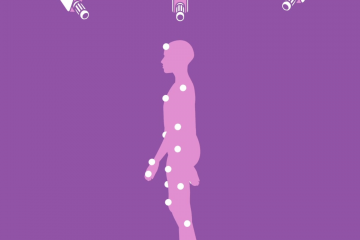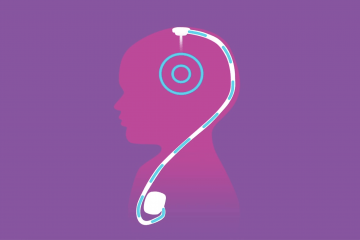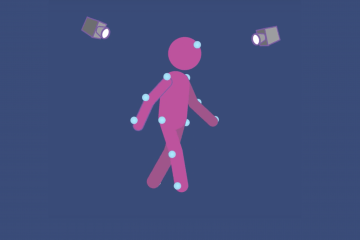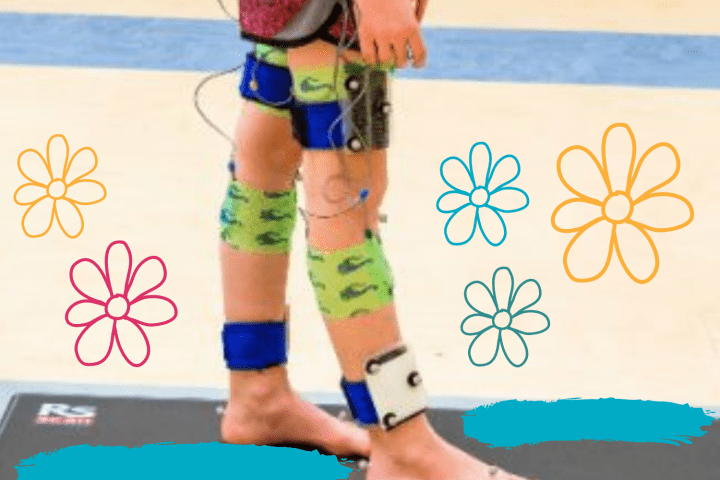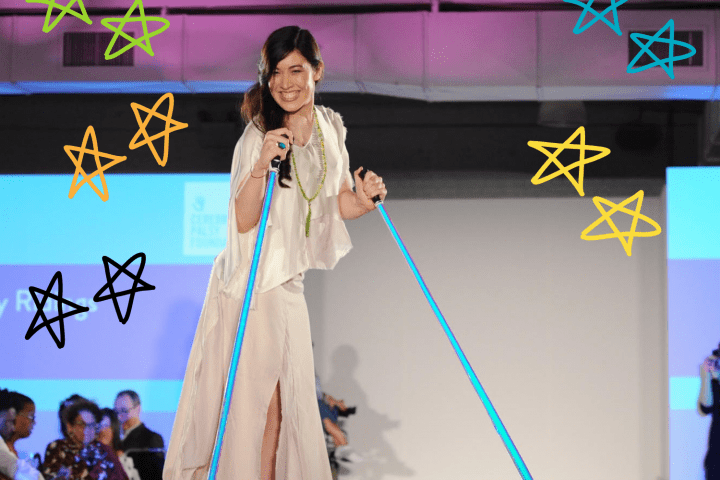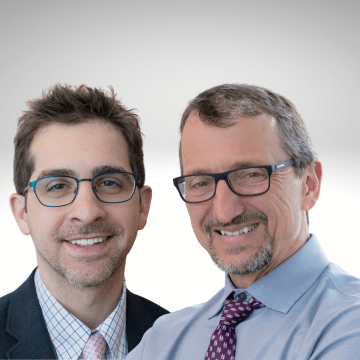
Gait and motion analysis helps to understand and recognize how orthopedic, neurological and muscular conditions can hinder motions that are critical to daily living.
Cerebral palsy may lead to a number of bone, joint and muscle problems that affect walking (gait) and mobility. Although people might have similar walking patterns, the way their muscles and joints work together can vary widely. Information from gait analysis—together with imaging scans, medical history and the results of other evaluations—helps your care team recommend the best treatments for a wide variety of conditions that disrupt movement.
Examples of orthopedic and muscular conditions that disrupt movement are:
- Spasticity or contractures of muscles can cause the knees to flex at the hip knee and ankle which can cause difficulty or increased energy requirement of walking.
- Internal rotation of the thigh bone, external rotation of the lower legs, and severe flat feet combine to limit the "push-off" ability to move forward, making walking slow.
- When the muscles are too strong on one side and too weak on the other side, the muscle imbalance can result in gait abnormalities or dysfunction.
-
-
-
-
Expert Videos
Understanding Gait Analysis & Orthopedic Surgery 
-
Tips & Advice
Gait Analysis Top Questions Answered 
-

Episode 9: Meet the Gait Lab Experts at Gillette Children's In this new 2022 episode of "Let's Talk CP" host Cynthia Frisina talks with Dr. Tom Novacheck and Dr. Andrew Georgiadis from Gillette Children's about gait, gait analysis, and what makes Gillette Children's such a special place. -

Episode 10: The Role of Physiatry and Neurosurgery in the Care of Cerebral Palsy at Gillette Children's In this 2022 episode of "Let's Talk CP" host Jen Lyman talks with neurosurgeon, Dr. Debbie Song, and physiatrist, Dr. Marcie Ward about their role in the care of Cerebral Palsy at Gillette Children's. -

Episode 3. Let’s Talk CP. Pediatric Orthopedic Surgeon Dr. Hank Chambers Shares Advice & More for Parents of Kids with Cerebral Palsy Wondering what to expect if your child has an appointment with a pediatric orthopedic surgeon? Still confused about the different types and levels of cerebral palsy? Dr. Hank Chambers, who is also the father of an adult son with CP, talks about different considerations for different ages and stages of a child with cerebral palsy.
-

CPF LIVE! with Paulo Selber, MD: Gait Analysis CPF Executive Director Rachel Byrne and Dr. Paulo Selber discuss the ins and outs of gait analysis for cerebral palsy.
-
Recommended Reading
Spastic Diplegia - Bilateral Cerebral Palsy 2nd Edition An empowering and evidence-based guide for living a full life with spastic diplegia–bilateral cerebral palsy.
-

Muscle and Tendon Differences In Children with CP and What to Do About Them In cerebral palsy (CP) muscles are often shortened so much that they restrict joint range of motion and the muscles themselves are weak. Thus, ‘shortness’ and ‘weakness’ are two important needs that clinicians must address.
"Gait and movement analysis is the gold standard for evaluating movement, muscle activity, force production and energy use while walking to help physicians understand the best path forward to treat each person's unique needs."


